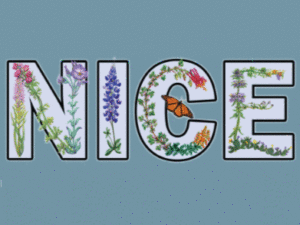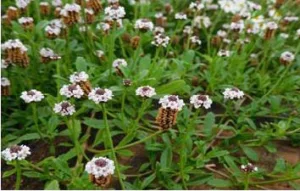Meetings & Announcements
Hill Country Chapter Meeting
Next quarterly meeting information coming soon!
Upcoming Volunteer Opportunities
Native Plant Society Virtual Events
Current Leadership
- Laura Legett, President – laura.legett@npsot.org
- Jeri Porter, Treasurer – jeripster@gmail.com
- Lin Weber, VP Membership – LW78676@gmail.com
- Alice LeDuc, VP Education – aliceleduc45@gmail.com
- Patrick Garnett, Past President – png@freese.com
Vacant Positions – We welcome inquiries to join our team!
- Recording Secretary
- VP Presentations
- VP Communications
- VP Community Outreach

Diagnosing and Treating Issues with Native Plants
July 23, 2024
No Comments
Andrew Labay, horticulturist and plant biologist from San Antonio Botanical Garden, discuss best practices in growing native plants.

2024 Summer Plants of the Season
July 22, 2024
No Comments
Announcing NICE Plants of the Season for Summer 2024!


Creating a Pollinator Garden Step-by-Step
July 15, 2024
No Comments
If you want to create a pollinator garden, but don’t know where to start, Holly Simonette, this month’s speaker at Native Plant Society of Texas (NPSOT) Fredericksburg Chapter, will share tips and resources for going from blank slate to recognized pollinator garden
Guadalupe Chapter Monthly Meeting
July 13, 2024
No Comments
Next Chapter Meeting will be September 10th

July 2024 Plant of the Month
July 10, 2024
No Comments
One of the best native groundcovers, and loves the heat. Click on the plant below for more details


